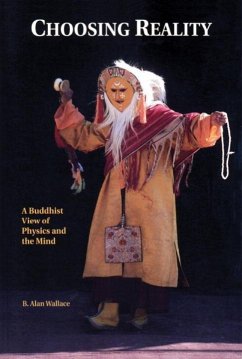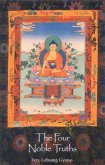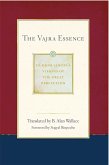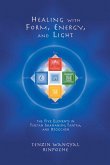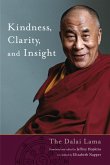Choosing Reality shows how Buddhist contemplative methods of investigating reality are relevant for modern physics and psychology. How shall we understand the relationship between the way we experience reality and the way science describes it? In examining this question, Alan Wallace discusses two opposing views: the realist view, which argues that scientific theories represent objective reality, and the instrumentalist view, which states that concepts cannot describe what exists independently of them. Finding both of these philosophies of science inadequate, the author explores the Buddhist middle way view and the relevance for modern physics of Buddhist contemplative methods of investigating reality. He also examines the ideas of body, mind, and reincarnation from the viewpoint of Tibetan Buddhism.

